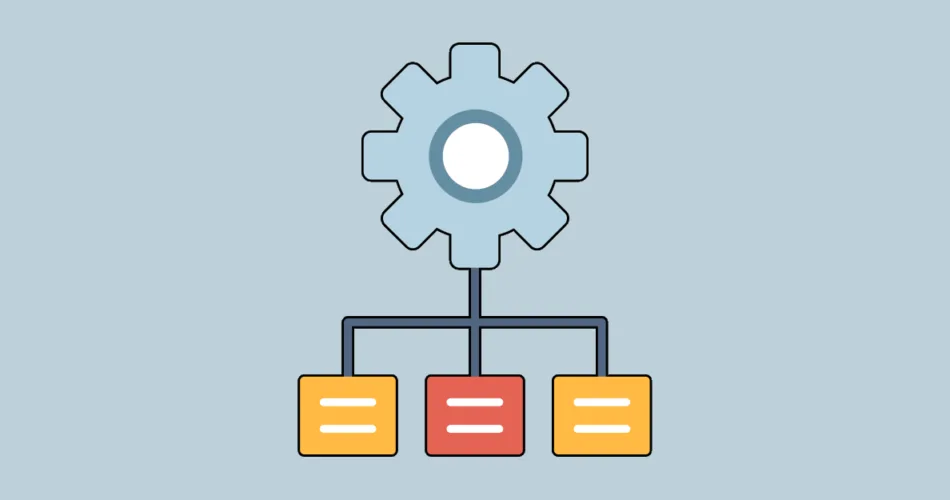The shift from monolithic architecture to microservices has gained momentum in modern software development. This transformation allows organizations to unlock agility, scalability, and maintainability. In this blog post, we’ll delve into the art of decomposing monoliths into microservices, exploring key strategies and considerations.
1. Identifying Microservices Candidates
The first step in breaking down a monolith is identifying potential microservices candidates. Look for distinct business functionalities that can operate independently. For example, in an e-commerce application, components like user authentication, product catalog, and payment processing can become separate microservices.
2. Defining Service Boundaries
Defining clear service boundaries is critical to effective microservices architecture. Analyze dependencies and interactions within the monolith to identify natural seams. Boundaries should encapsulate related functionalities and avoid tight coupling. This separation ensures that microservices can evolve and scale autonomously.
3. Strategies for Breaking Down Monoliths
Several strategies can be employed to break down monoliths:
- Strangler Pattern: Gradually replace components of the monolith with microservices. Over time, the monolith “strangles” as more functionalities transition to microservices.
- Domain-Driven Design: Identify bounded contexts within your domain and create microservices around them. Each microservice handles a specific domain area, promoting a clear separation of concerns.
- Feature-Based Decomposition: Divide the monolith based on features or modules. This approach allows for targeted improvements and incremental migration.
4. Microservices Granularity
Determining the right granularity for microservices is crucial. Services should be small enough to maintain focus but not so small that they become fragmented and difficult to manage. Strive for a balance that ensures each microservice is cohesive and serves a clear purpose.
For instance, consider a healthcare management application. The appointment scheduling and patient records functionalities could become separate microservices. However, breaking down to the level of individual UI components might lead to excessive complexity.
In conclusion, the journey from monoliths to microservices demands thoughtful planning and a strategic approach. By identifying candidates, defining boundaries, employing effective strategies, and balancing granularity, organizations can successfully decompose monolithic architectures. This transformation paves the way for agility, scalability, and innovation, enabling software systems to thrive in the dynamic landscape of modern development.
Embrace the power of microservices and embark on a path that revitalizes your software architecture for the future.
Subscribe to our email newsletter to get the latest posts delivered right to your email.


Comments